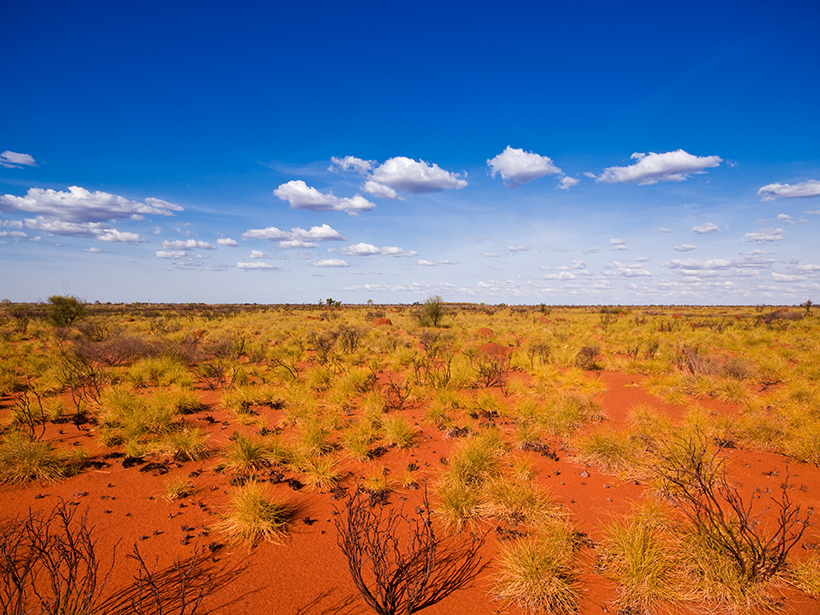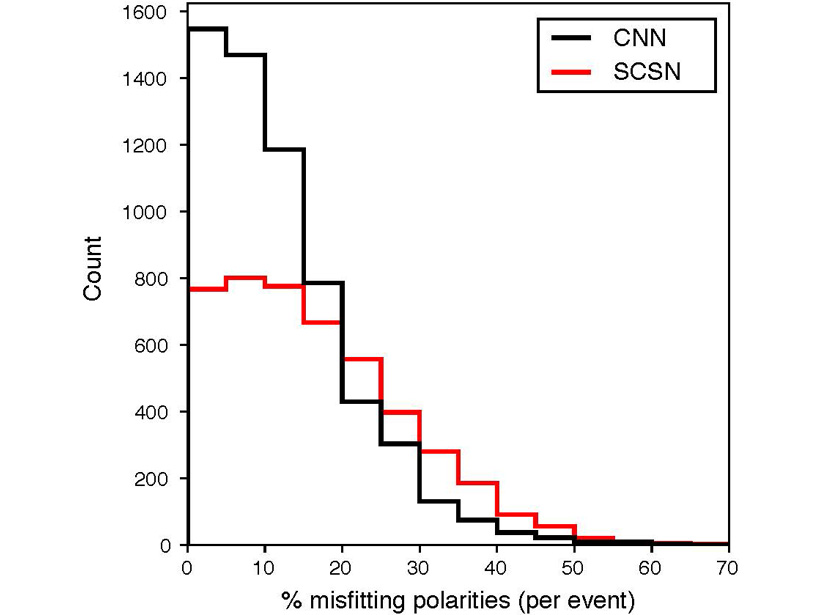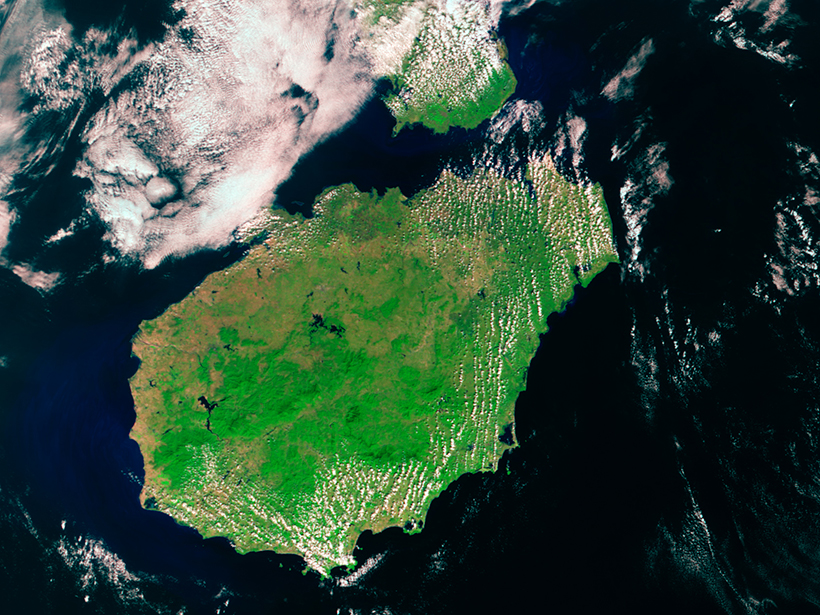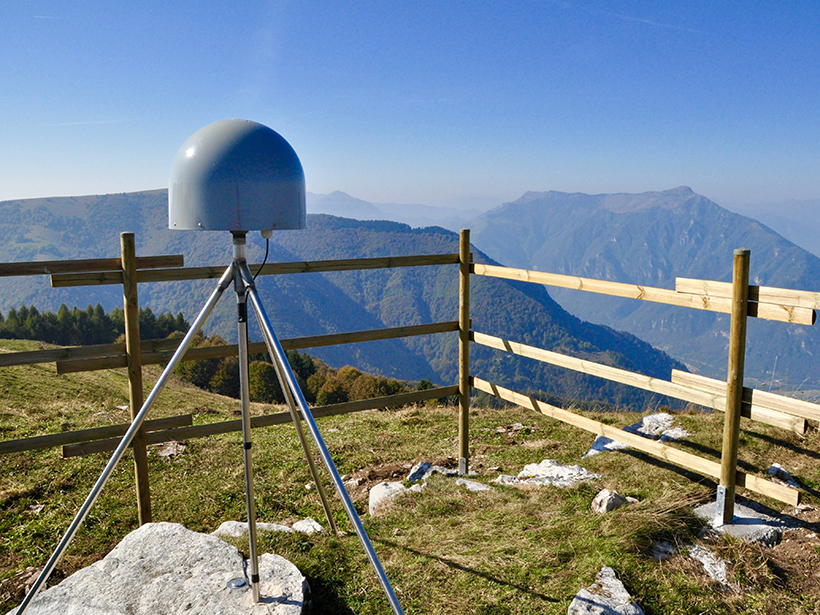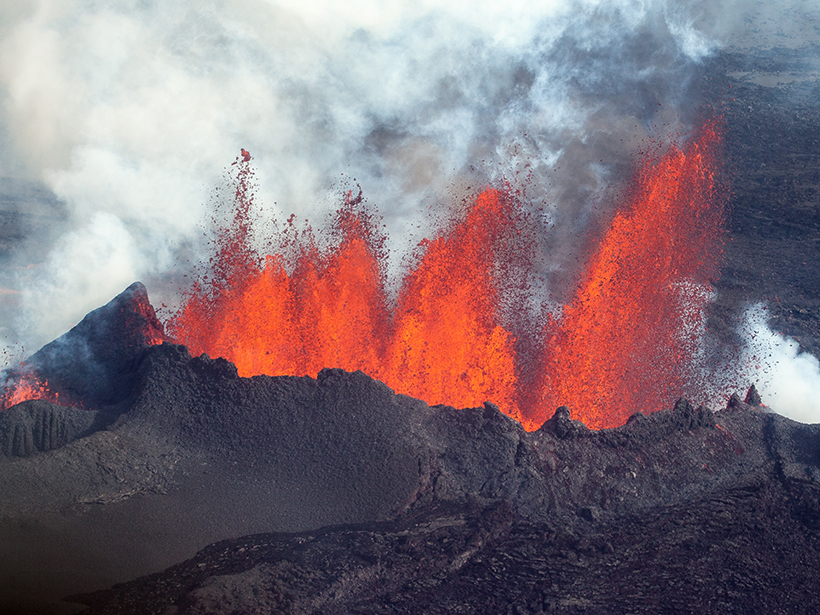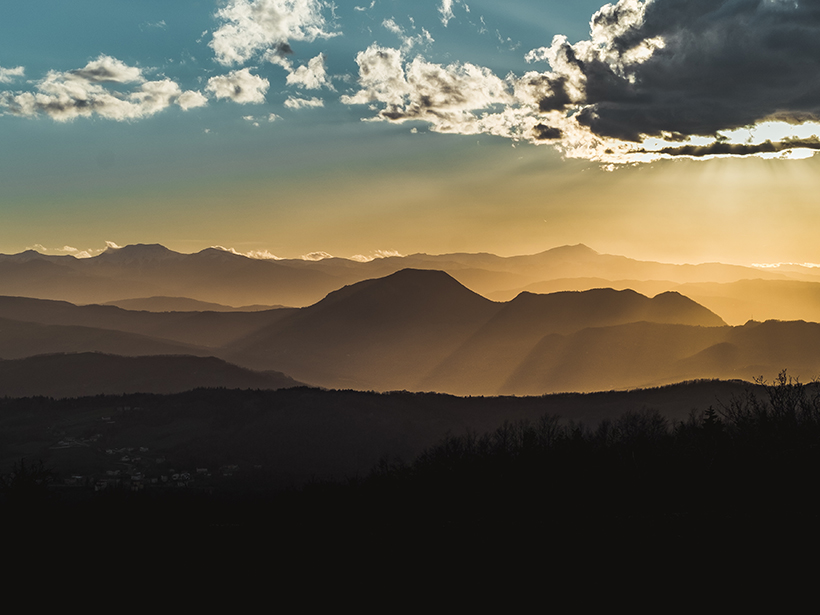Different nucleation styles detected in five slow-slip events in the same area of Japan’s Ryukyu subduction zone suggest the physical properties along this tectonic plate interface change over time.
Journal of Geophysical Research: Solid Earth
New Method to Measure Ice Cap Thickness
Naturally generated seismic waves bouncing up and down through an ice sheet can be used to determine the thickness of the ice and monitor future changes in ice thickness.
Unraveling the Origins of Australia’s Ancient Mountain Chains
New data synthesis suggests that varying rates of trench retreat along the margin of the Gondwana supercontinent were responsible for the curvature of the Tasmanide mountain chains.
Removing the Drudgery from Earthquake Seismology
New methods of machine learning are bringing the phase arrival time and polarity picking used for automatic determination of earthquake fault planes to accuracies better than human analysists.
Basement Structure Mapped by Phase Autocorrelations of Noise
Cross-correlations of ambient seismic noise are combined with well log data to image shallow crustal basement features in the Ebro Basin in Spain.
Linking Mantle Plumes to Volcanoes and Hot Spot Tracks
Study bolsters hypothesis that volcanoes on China’s Hainan Island were formed by a hot spot.
Karst Groundwater Contributes to Deformation in Eastern Alps
GPS data show compression and extension strains in the region resulting from changes in aquifer water levels.
Magma Flow in a Major Icelandic Eruption
Mechanical modeling suggests that previous, undetected eruptions released tectonic stress near the ice-covered Bárðarbunga volcano.
Challenging the Day Diagram, a Rock Magnetism Paradigm
A critique of the plot routinely used to determine bulk magnetic properties concludes the technique is so ambiguous that new approaches to understanding magnetic mineral assemblages must be developed.
What Shaped the Northern Apennine Deformation Front?
An integrated interpretation of well and seismic reflection data from Italy’s Po Valley shows the range’s undulations are controlled by the slope and composition of two major gliding horizons.



